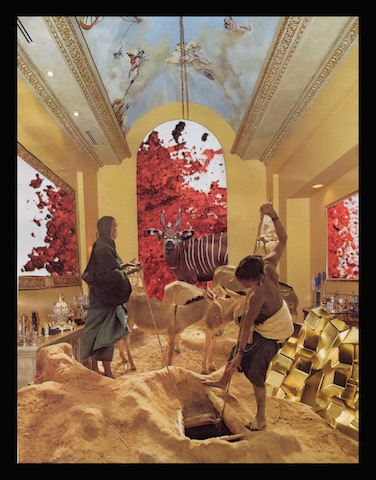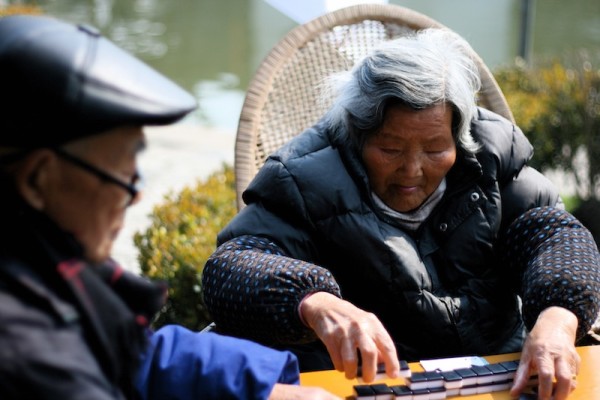Health is our third stop on the development road, with clinics and hospitals often following closely behind the school and churches, providing access to medicines and, oftentimes, places to give birth outside the home. At the health station, we will consider how changing healthcare opportunities have influenced new ways of viewing the body and wellness in general, in addition to what this access to type of care has meant to the health of community members.
Healthcare is maintained and restored in many ways throughout the world. Projects promoting access to healthcare, through the lens of development, are often focused around the building and staffing of health clinics and hospitals. Providing easier access to the medications, vaccines and services provided in these settings has undoubtedly enhanced and saved countless lives around the world. This access, while providing a welcome choice for many, cannot be separated from the fundamental issues of power and control that characterizes the clinician/patient relationship (Foucault 1963). Language barriers reflect and exacerbate the imbalance of power and treatments can be administered without the informed consent of the patient. The message is that the knowledge and power of the clinician are far superior to that of the patient, reinforcing colonial inequities and removing autonomy. While high-profile cases of medical experimentation on vulnerable populations are undeniable, conversations about doctors being sent to developing countries to “practice” on indigenous patients still occur. In more subtle expressions of power, top-down educational materials available through clinics and programs can be confusing and inappropriate for the communities they are intended to serve. Individuals respond in many ways, often using this mistrust to develop strategies to use a pluralistic model in making healthcare decisions (Resser 2012). Utilizing multiple avenues to achieve health is a strategy that supports a more holistic model of a healthy person. The World Health Organization defines health as, “a state of complete physical, mental and social well-being and not merely the absence of disease or infirmity.” Using this definition, the loss of autonomy, changing land use, social restructuring and almost any aspect of daily life can have an effect on health. Sometimes physical health can be achieved at the expense of more far-reaching well-being, with self-reports showing declining health and wellness while physical statistics showing health improvement (Izquierdo 2005). Interestingly, this conflicting health status was observed in a community in which resource extraction was taking place. The increased infrastructure associated with the extraction had brought programs to increase access to improvements in physical health but had created an environment in which community members felt less healthy. Healthcare arrived at the expense of health.
Considerations
- Where do community members go for healthcare and what influences those healthcare decisions?
- What are common health problems in the community and are these problems considered “old” or “new” health problems?
- What healthcare is preferred? Are healthcare preferences available?
- What words are used to describe healthcare choices?
- What impacts of healthcare changes have you noted?
- Are their traditional healers in the community and how are traditional healers perceived?

Artwork by Nick Paliughi
This is an ongoing project and a continuous conversation. Please add your voice by joining the discussion at the end of this page and/or recording your contribution and contacting us to have your submission added to the installation.
Share this:
- Click to print (Opens in new window)
- Click to email a link to a friend (Opens in new window)
- Click to share on Facebook (Opens in new window)
- Click to share on Twitter (Opens in new window)
- Click to share on LinkedIn (Opens in new window)
- Click to share on Pinterest (Opens in new window)
- Click to share on Tumblr (Opens in new window)
- Click to share on Reddit (Opens in new window)
- Click to share on Pocket (Opens in new window)



